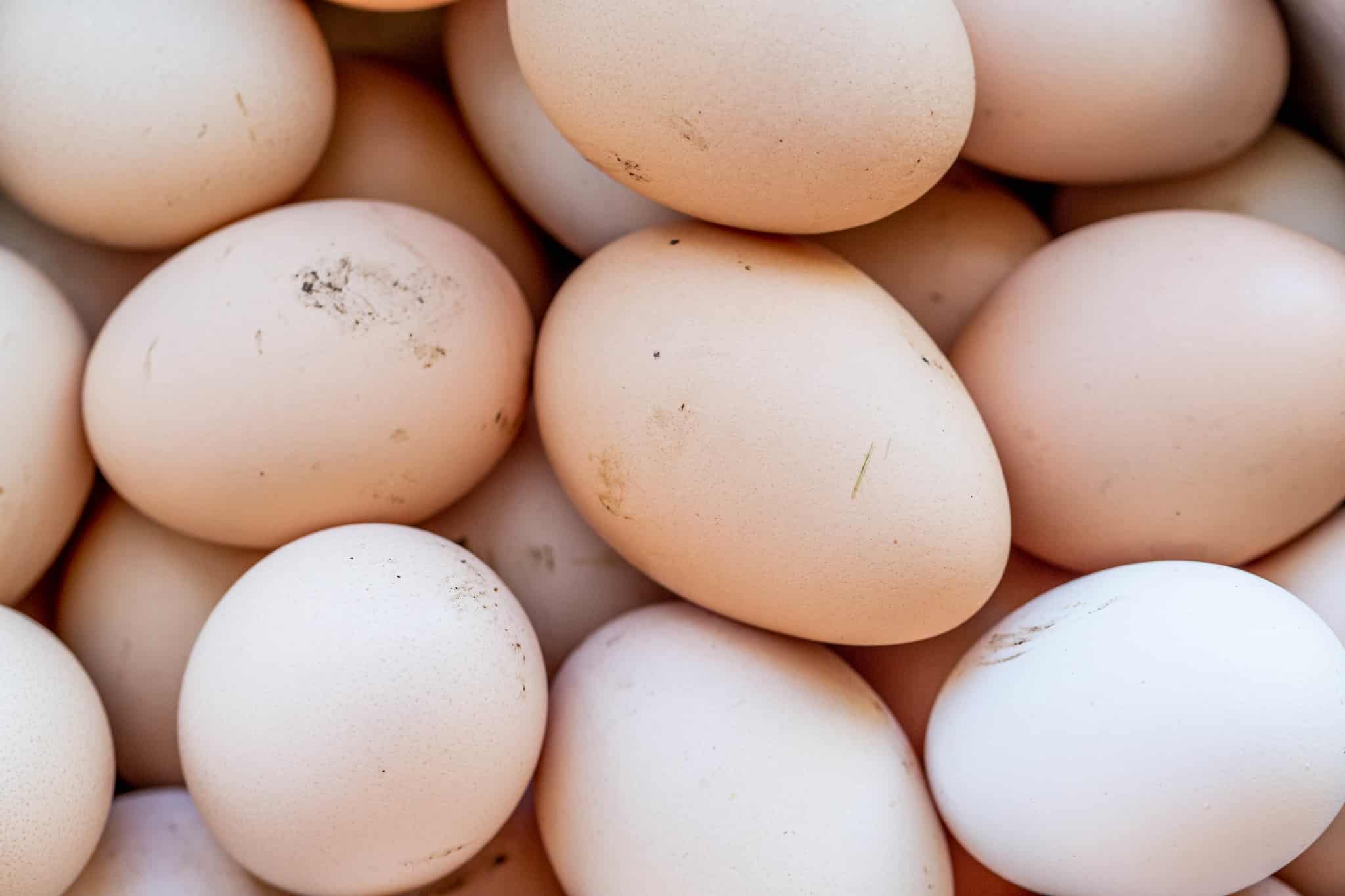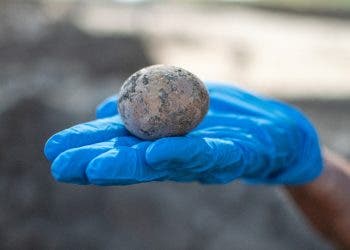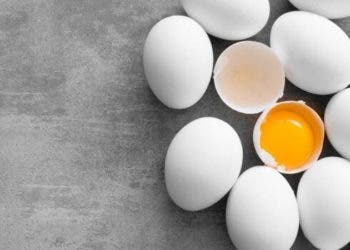Over seven billion day-old male chicks are annually culled worldwide as cockerels of laying hens are generally not used for meat production. This likely wouldn’t happen if the sex of the eggs could be determined early in incubation. Now, scientists have found a way to sort eggs by sex by detecting volatile chemicals released via the shell.

Hatcheries for laying hens usually sort chicks by sex a day after hatching, discarding male chicks almost immediately. A team at the University of California, Davis worked with Sensit Ventures, a startup, to find a way to prevent the culling of male chicks and instead divert them to other uses, also reducing waste and environmental impact.
“We found that there are volatile chemicals from the egg, a scent that you can capture and sort statistically,” Tom Turpen, CEO of Sensit Ventures and senior author on the paper, said in a statement.
With this method, the team was able to identify male and female embryos at eight days of incubation with 80% accuracy in just two minutes.
The challenges of egg production
In 2021, the poultry industry supplied some 286 eggs per capita to consumers in the US market. This has been done with a big reduction in the environmental impact per kilogram of eggs, mainly thanks to the improved performance of modern laying breeds. However, the industry still faces one big problem — how to sort chicks by sex.
An optimal solution would be a process to determine the sex of a developing embryo while preserving the integrity of the eggshell and membrane. The eggshell is a sophisticated and permeable structure that has evolved to facilitate gas exchange, maintain physical integrity, and ensure successful hatching. This is where volatile organic compounds (VOCs) come into play.
Previous studies showed that biological information is encoded in VOCs that are emitted through the eggshell from avian species including chickens. One specific study even described “sex-specific” VOCs collected from the eggs of commercial chicken varieties. Now, the team at UC Davis and Sensit Ventures took this a step further.
The researchers created a sensing chip technology to collect and analyze organic chemicals in the air. They then adapted suction cups used for handling eggs to sample air from the eggs without opening them. The air samples were analyzed in the lab with gas chromatography and mass spectrometry and the sex of the eggs was confirmed by DNA analysis
This represents a big breakthrough from the technology now on the market, which depends on sampling the egg through a small hole in the shell or imaging through the shell. The suction cups could be used in rows to test a lot of eggs at the same time. “The hardware technology could be integrated into hatcheries,” Turpen said in a statement.
The study was published in the journal PLOS.






